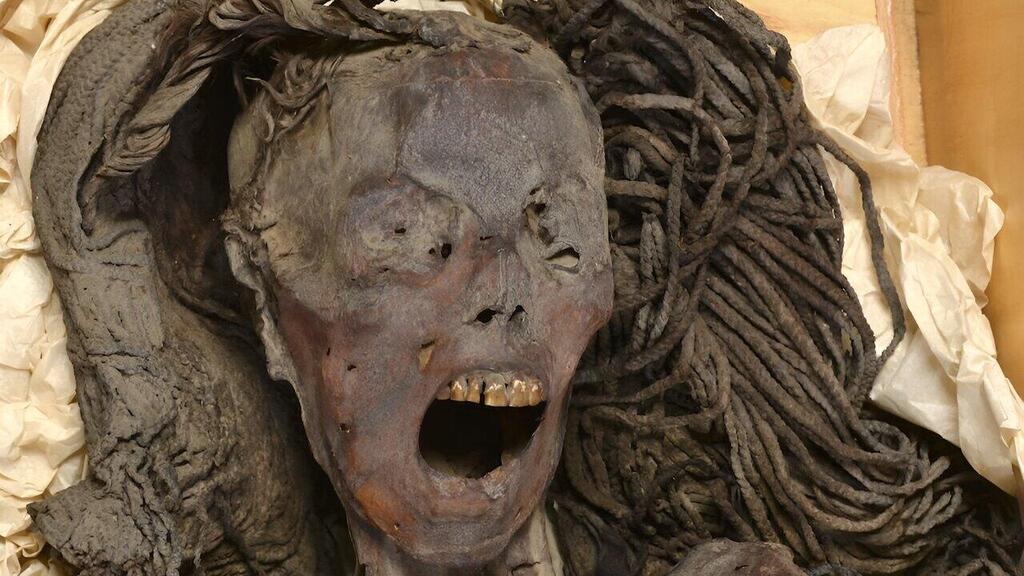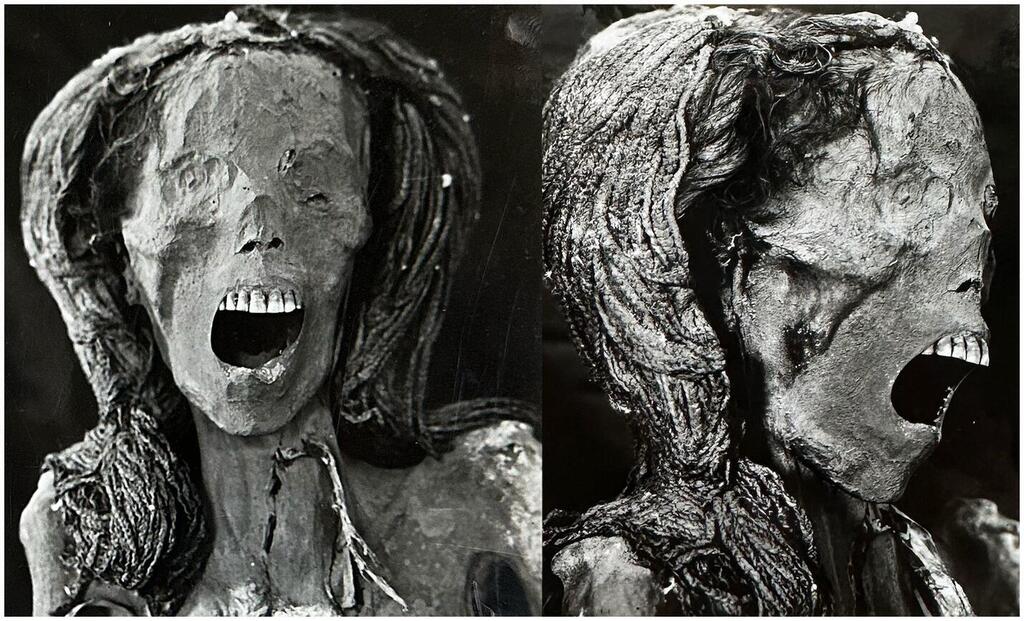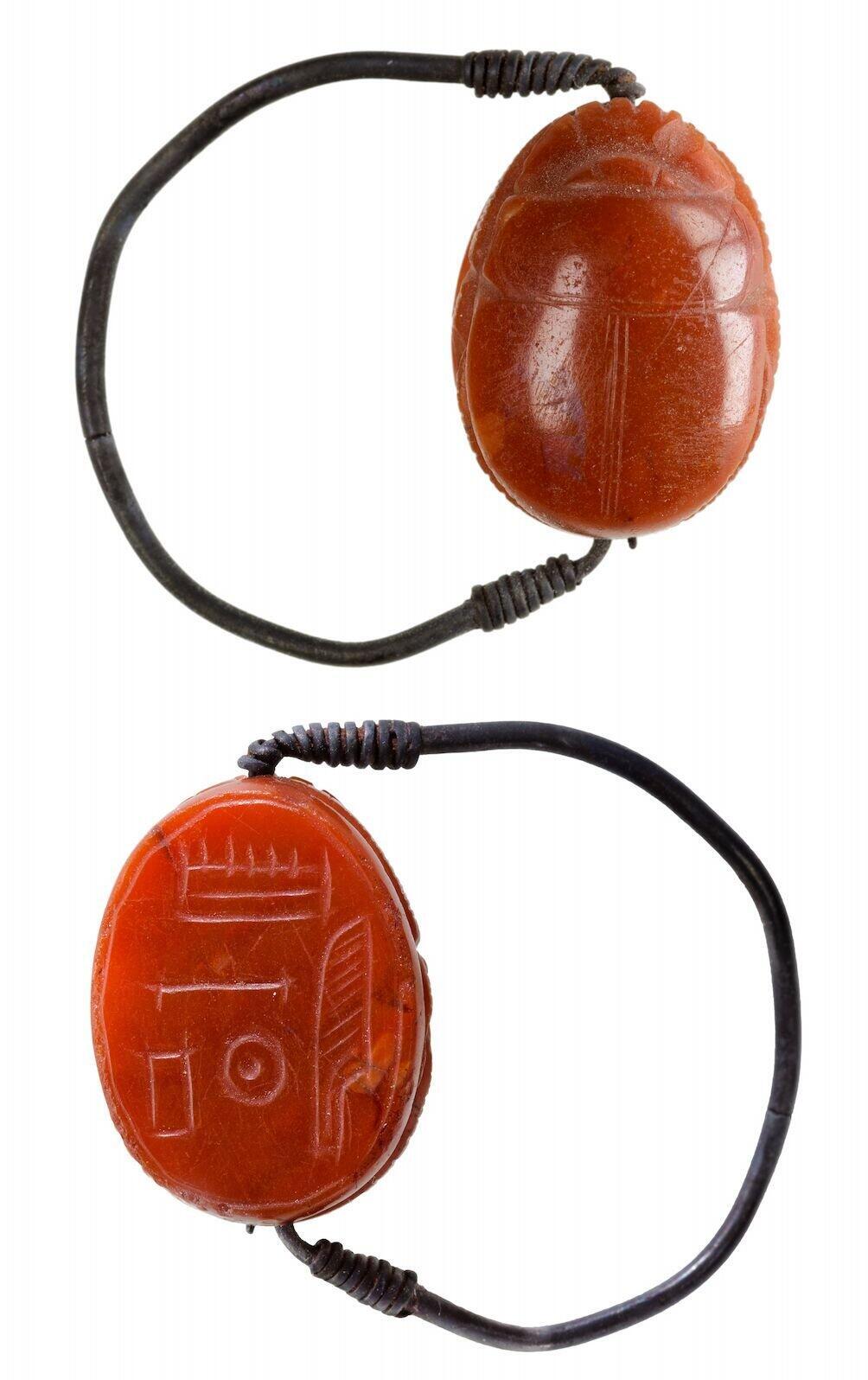Getting your Trinity Audio player ready...
In 1935, the Metropolitan Museum of Art in New York spearheaded an archaeological expedition to Egypt. At Deir el-Bahari, a site known for its complex of mortuary temples and tombs within the Theban necropolis on the west bank of the Nile, opposite Luxor, the tomb of Senenmut was excavated. Senenmut was an architect and overseer of royal works, reputedly the lover of Hatshepsut (1479-1458 BCE), the fifth pharaoh of the Eighteenth Dynasty of ancient Egypt and one of its most prominent rulers.
Beneath his tomb, researchers unearthed a separate burial chamber intended for his mother and other unidentified relatives. Here, they discovered a wooden coffin containing the mummy of a woman adorned with a black wig and two scarab rings. What astonished the archaeologists most was her expression; Her mouth was agape, leading them to nickname her "the screaming woman."
Now, approximately 3,500 years after her death, cutting-edge scientific techniques have been employed to delve into the life and death of the screaming woman, revealing new and surprising insights published in the journal Frontiers in Medicine.
"This woman was embalmed with expensive, imported materials. These findings, along with the mummy's well-preserved state, contradict the traditional belief that a failure to remove her internal organs led to poor mummification," explained radiologist Professor Sahar Saleem of Cairo University.
In this new study, Saleem used CT scans to determine the woman's age, identify her pathologically and assess the mummy's preservation state. Collaborating with anthropologist Dr. Samia Al-Margani from the Egyptian Ministry of Tourism and Antiquities, the researchers employed several advanced techniques, discovering the mummy was well-preserved considering the significant time that has elapsed.
The screaming woman was missing several teeth. According to Saleem and given that dentistry originated in ancient Egypt, it is possible that some of the missing teeth were extracted.
From 2D and 3D CT images, it was determined that the screaming woman stood 1.54 meters tall (5 feet) in life. Based on the morphology of the joint between the two pelvic bones, the researchers estimated she was about 48 years old at the time of her death. Additionally, it was discovered that the screaming woman suffered from mild arthritis in her spine, indicated by the presence of bony protrusions (osteophytes) on the vertebrae.
Saleem and her research colleague found no embalming incisions, consistent with the discovery that the brain, diaphragm, heart, lungs, liver, spleen, kidneys and intestines were all intact. This was surprising, as the classical mummification method during the New Kingdom (1550-1069 BCE) typically involved the removal of all these organs, except for the heart.
An analysis of her skin revealed that the "screaming woman" was embalmed with juniper and frankincense, valuable materials imported to Egypt from the Eastern Mediterranean and from East Africa or the southern Arabian Peninsula, respectively. Additionally, her natural hair was dyed with henna and juniper, while her long wig, made of date palm fibers, was treated with quartz crystals, magnetite and albite, which strengthened it, gave it a realistic appearance and provided it with the black color preferred by the ancient Egyptians as a symbol of youth.
"These findings support the ancient trade in embalming materials in ancient Egypt. The expedition led by Queen Hatshepsut brought frankincense from the land of Punt (possibly modern-day Horn of Africa). The tomb of Tutankhamun also contained frankincense and juniper," Saleem said.
But what caused the expression that earned this woman her nickname? It seems that the rarity of the embalming material rules out the possibility of a negligent mummification process, where the embalmers did not bind the lower jaw and skull as was customary at that time.
"It is possible that the woman died screaming in agony or pain," speculated Saleem, linking this grimace to cases where death was caused by muscle contractions a few moments before death, leading to the mouth being locked wide open. "The screaming woman is a true time capsule of how she died and was mummified, but the exact cause of her death remains unclear," concluded Saleem.




